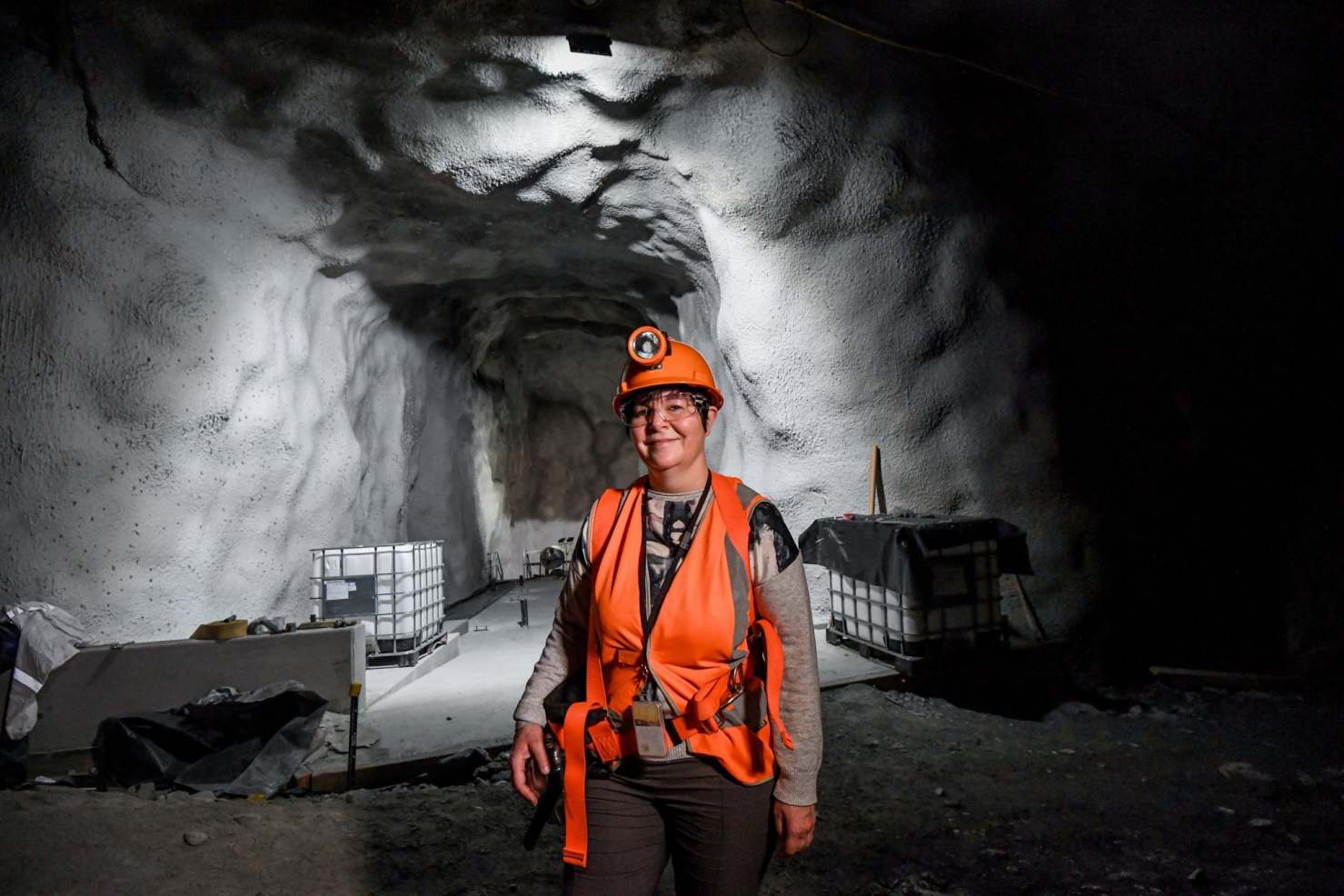The biggest mystery in the universe could be solved one kilometre underground in a gold mine in country Victoria where a new laboratory opened on Friday.
Dark matter makes up 85 per cent of the cosmos and binds the universe together, but exactly what it is and how it works remains unknown.
The biggest mystery in the universe could be solved one kilometre underground in a gold mine in country Victoria where a new laboratory opened on Friday.
Dark matter makes up 85 per cent of the cosmos and binds the universe together, but exactly what it is and how it works remains unknown.
“[Discovering dark matter] would help our exploration of space. And the detectors we develop would most likely be able to be used in other fields.
Probably most likely medical fields,” Iles said.
The Stawell project’s lead researcher, Professor Elisabetta Barberio from the University of Melbourne, said dark matter was common even in Earth’s atmosphere.
“We don’t know what the majority of the universe is made of, so understanding dark matter is understanding the universe,” Barberio said.
“Without the dark matter we would not have galaxies, we would not exist.
“There are many, many thousands of dark matter particles passing through us. So there is all this universe around us [that] we don’t see, and we would like to know what it is.”
In the next few months an eight-metre tall steel box weighing 200 tonnes will be installed at the mine, containing cylindrical crystals and liquid which will be used to carry out the study.
< Watch the video at the source page. >
A similar project is also underway at an underground laboratory in northern Italy, to make sure both record accurate results.
“We need to repeat the experiments in the Southern Hemisphere, because we want to eliminate any possibility that the signal is due to noise that has to do with season or has to do with the location where they are,” Barberio said.
Iles also said on 3AW the Stawell project was buried deep in a mine underground to ensure signals, such as radio transmissions, did not interfere with attempts to detect the unknown matter.
“Essentially you’re removing any contamination you might get up on the surface of the Earth. And then it means when you get a signal in your detector, you can be 99.9 per cent sure what you’ve measured is, in fact, dark matter and not anything else,” Iles said.
The Commonwealth and Victorian governments have each put in $5 million towards the $12 million Stawell facility, which will begin major work early next year.
Regional Development Minister Harriet Shing said the laboratory would put Stawell at the centre of cutting-edge science.
“[It] will attract the eyes of the world to this goldfield town and create local jobs while boosting investment opportunities for the region,” Ms Shing said.
- Karlston
-

 1
1



Recommended Comments
There are no comments to display.
Join the conversation
You can post now and register later. If you have an account, sign in now to post with your account.
Note: Your post will require moderator approval before it will be visible.